10 Global Stadiums Where the Air Is Thinner Than the Competition
In the world of sports, where every millisecond and inch can determine the outcome of a game, the environment in which athletes compete plays a crucial role. Among these environmental factors, altitude stands out as a significant influencer, often favoring those who are acclimatized to thinner air. This article delves into the fascinating world of high-altitude stadiums, where the air is thinner than the competition. These arenas, located in various parts of the globe, provide a unique challenge to visiting teams unaccustomed to the reduced oxygen levels. Join us as we explore ten extraordinary stadiums that not only offer breathtaking views but also test the endurance and adaptability of athletes.
Estadio Hernando Siles, Bolivia: The Pinnacle of Altitude
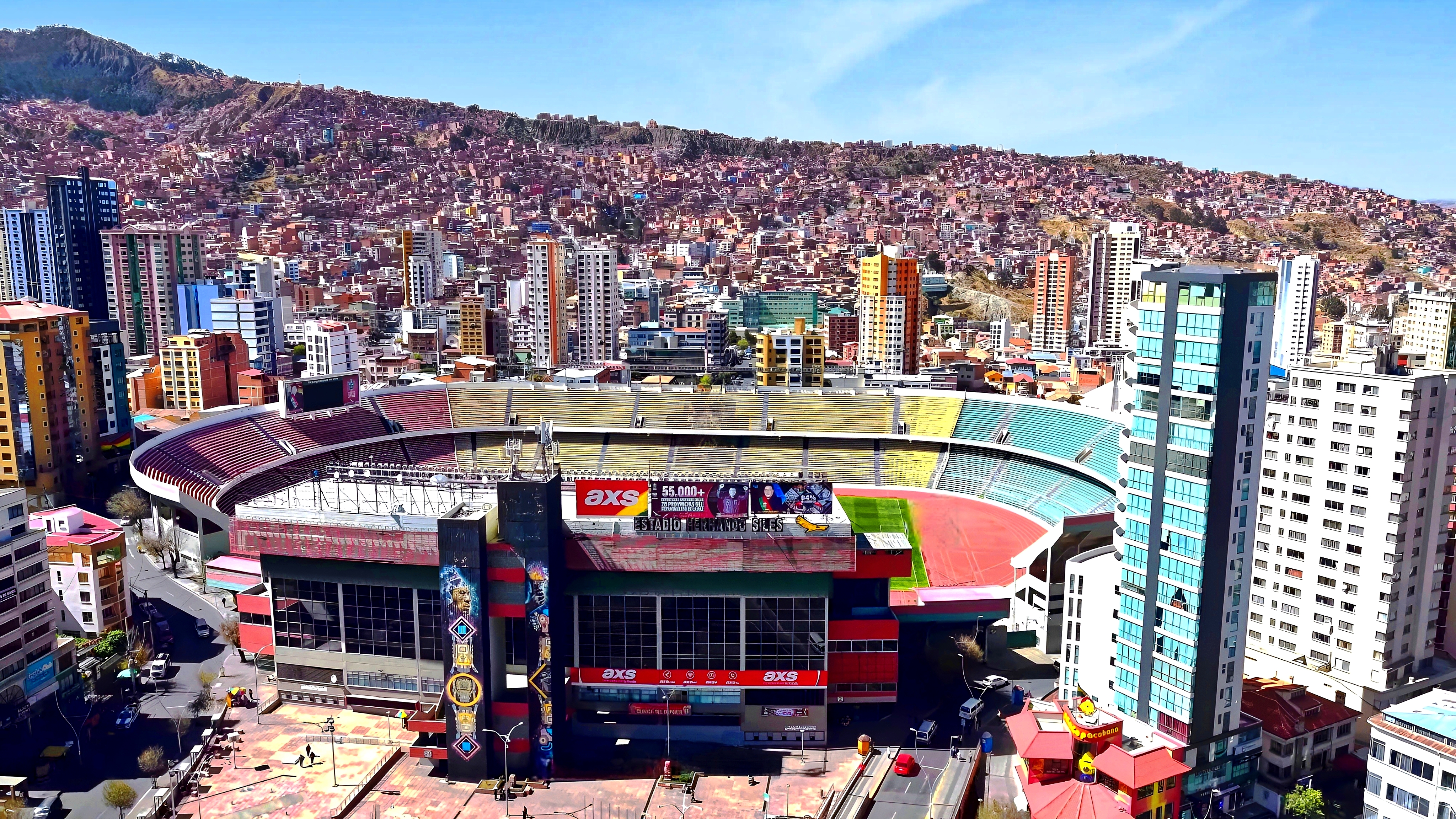
Located in La Paz, Bolivia, Estadio Hernando Siles is an iconic stadium renowned for its extreme altitude of 3,637 meters (11,932 feet) above sea level. This elevation makes it the highest national stadium in the world, often leaving visiting teams gasping for air. The thin atmosphere reduces oxygen intake, making physical exertion more taxing. Home to the Bolivian national football team, it has become a fortress where local players, acclimatized to the conditions, often outperform their sea-level counterparts. The stadium's altitude has sparked debates in the sporting community about the fairness and challenges of competing in such environments.
Estadio Azteca, Mexico: High Stakes at High Altitude
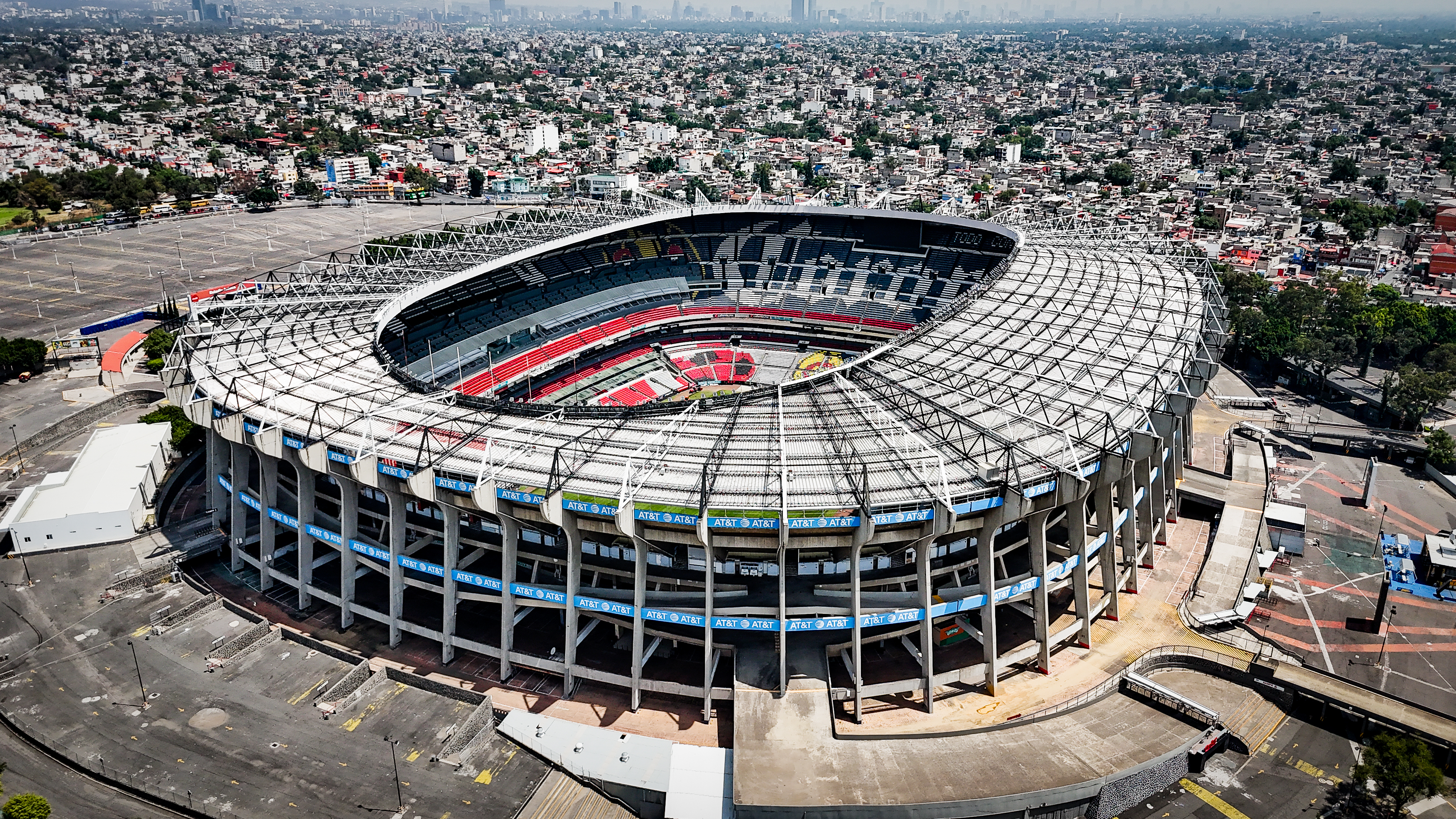
Situated in Mexico City at an altitude of 2,200 meters (7,218 feet), Estadio Azteca is not only one of the largest stadiums in the world but also one of the most challenging for visiting teams. With a capacity of over 87,000, the stadium's atmosphere is electric, and its altitude adds an extra layer of difficulty for athletes. The reduced air density at this height affects ball trajectory and player stamina, making it a formidable venue for international competitions. Estadio Azteca has hosted two FIFA World Cup finals, cementing its reputation as a legendary arena where the air is thin, and the competition is fierce.
Estadio Nacional, Peru: A Test of Endurance
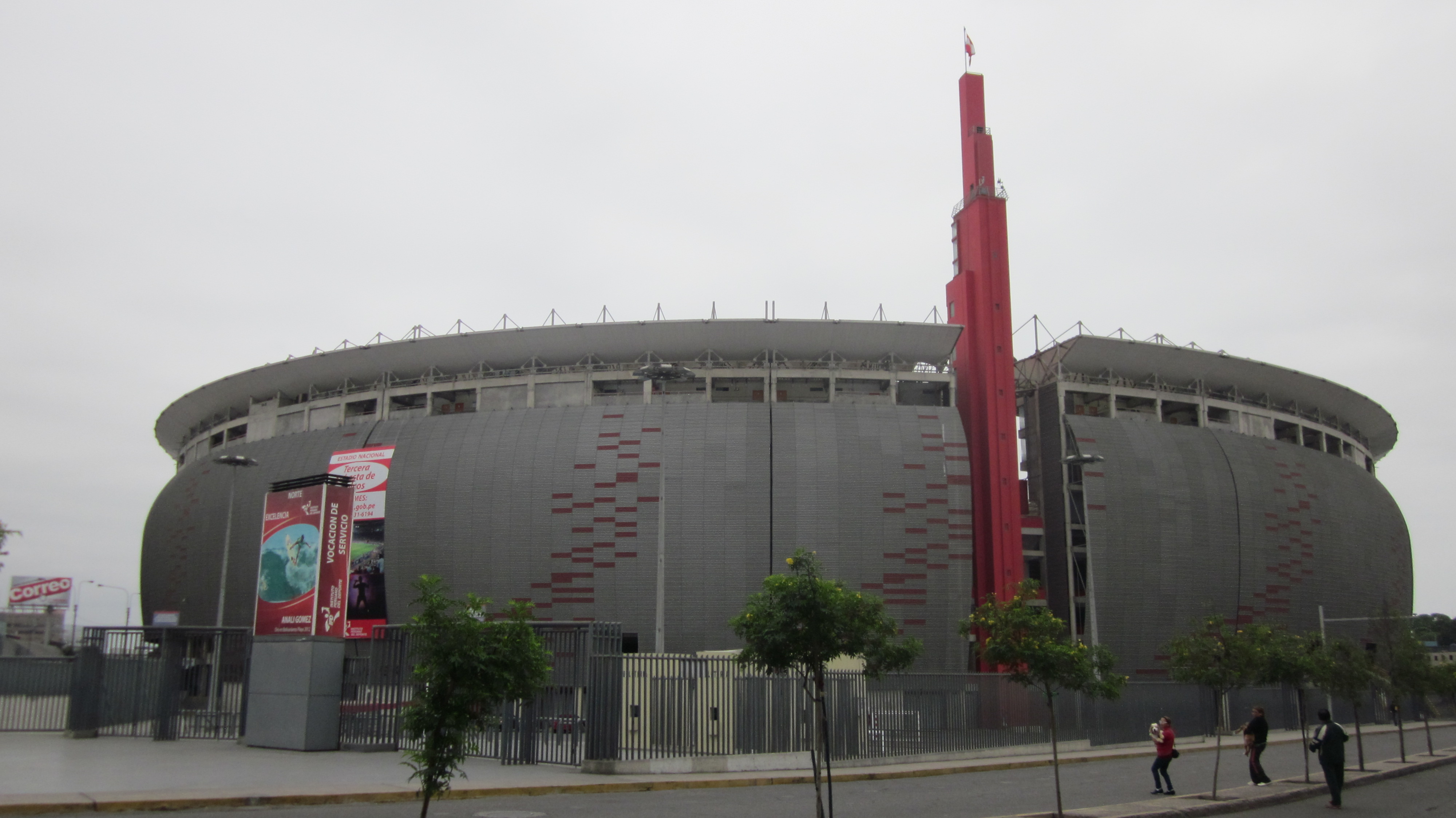
Estadio Nacional in Lima, Peru, sits at an altitude of 1,500 meters (4,921 feet), presenting a moderate yet significant challenge to athletes unaccustomed to high altitudes. The stadium, with a rich history dating back to 1952, serves as a venue for both football and athletics. Its location in the Andes means that teams must adapt quickly to the thinner air, which can impact endurance and performance. The stadium's elevation, combined with the passionate support of Peruvian fans, creates a daunting environment for any visiting team, making each match a true test of endurance and adaptability.
Estadio Olímpico Universitario, Mexico: A Legacy in the Heights

Located in Mexico City's University City, Estadio Olímpico Universitario stands at an altitude of 2,240 meters (7,350 feet). This historic stadium, which was the main venue for the 1968 Summer Olympics, is renowned for its architectural beauty and challenging playing conditions. The high altitude forces athletes to adjust their strategies, as the reduced oxygen levels can lead to quicker fatigue. The stadium's legacy of hosting prestigious events, including the Olympic Games and FIFA World Cup matches, underscores its significance as a venue where the air is thinner than the competition, demanding peak performance from all who compete there.
Estadio Nacional de Costa Rica: The Mountainous Challenge
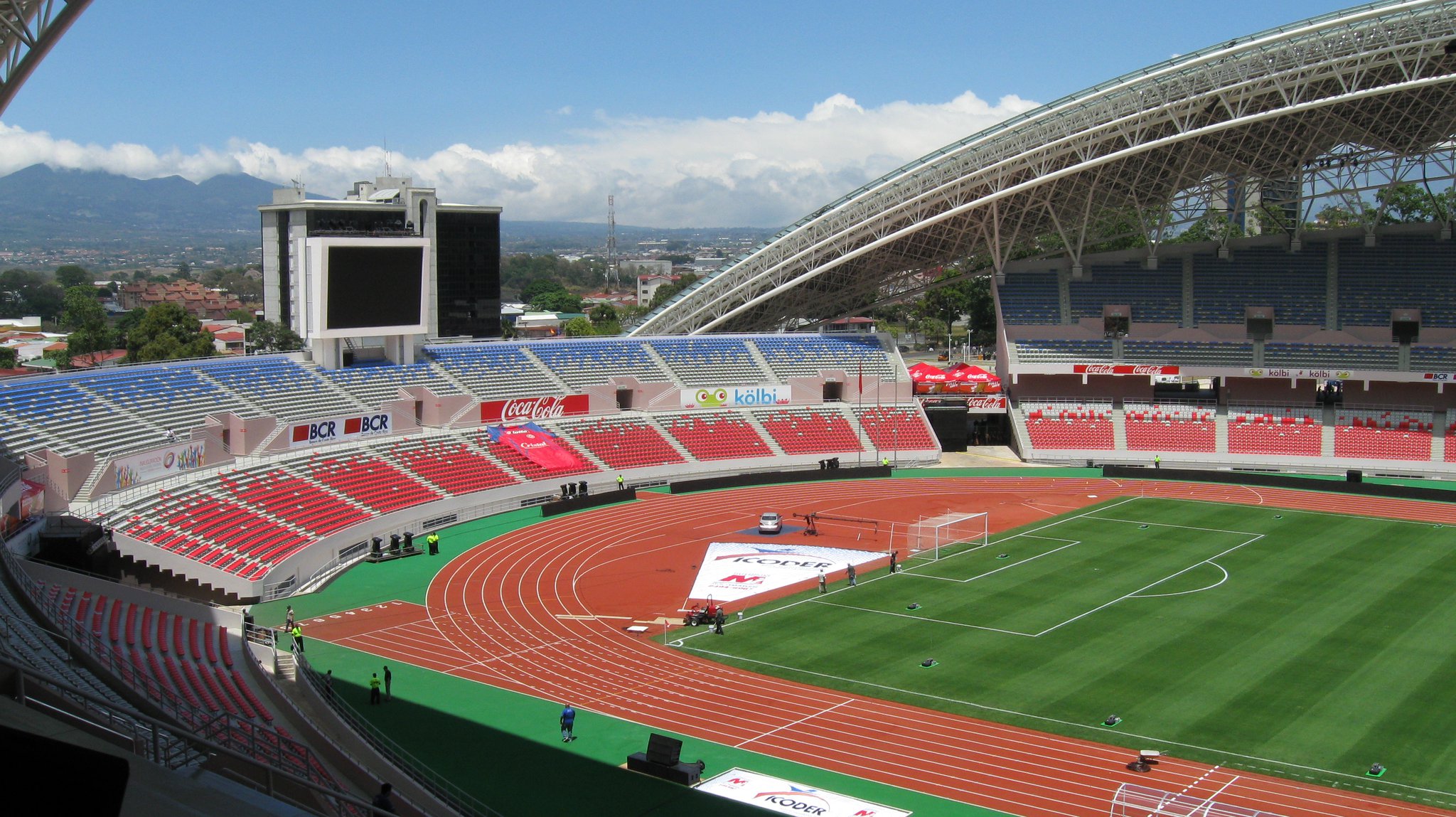
Nestled in the heart of San José, Costa Rica, Estadio Nacional is positioned at an altitude of 1,150 meters (3,773 feet). While not as high as some of its counterparts, the stadium's elevation still poses a challenge to athletes unfamiliar with mountain conditions. The thinner air affects everything from player endurance to ball physics, requiring teams to adjust their tactics accordingly. As the home of the Costa Rican national football team, the stadium has witnessed numerous memorable matches where the combination of altitude and passionate local support has often tipped the scales in favor of the home side.
Estadio Rodrigo Paz Delgado, Ecuador: A Quito Classic

Estadio Rodrigo Paz Delgado, also known as La Casa Blanca, is located in Quito, Ecuador, at an altitude of 2,850 meters (9,350 feet). This stadium is home to LDU Quito, one of Ecuador's most successful football clubs. The high elevation presents a significant challenge to visiting teams, as the thin air can lead to quicker exhaustion and altered ball dynamics. The stadium's unique conditions have contributed to LDU Quito's impressive home record, making it a feared destination for opponents. The combination of altitude and passionate fans creates an intimidating atmosphere where only the fittest and most adaptable teams can thrive.
Estadio Nacional Julio Martínez Prádanos, Chile: The Santiago Summit

Located in Santiago, Chile, Estadio Nacional Julio Martínez Prádanos sits at an altitude of 520 meters (1,706 feet). While not as high as some other stadiums on this list, its elevation still requires athletes to adjust to the thinner air. The stadium, with a capacity of over 48,000, has a storied history, having hosted numerous international events, including the 1962 FIFA World Cup. The combination of altitude and the fervent support of Chilean fans makes it a challenging venue for visiting teams. Athletes must quickly acclimate to the conditions, as the thin air can impact both stamina and strategy.
Estadio Monumental, Argentina: Buenos Aires' Elevated Challenge
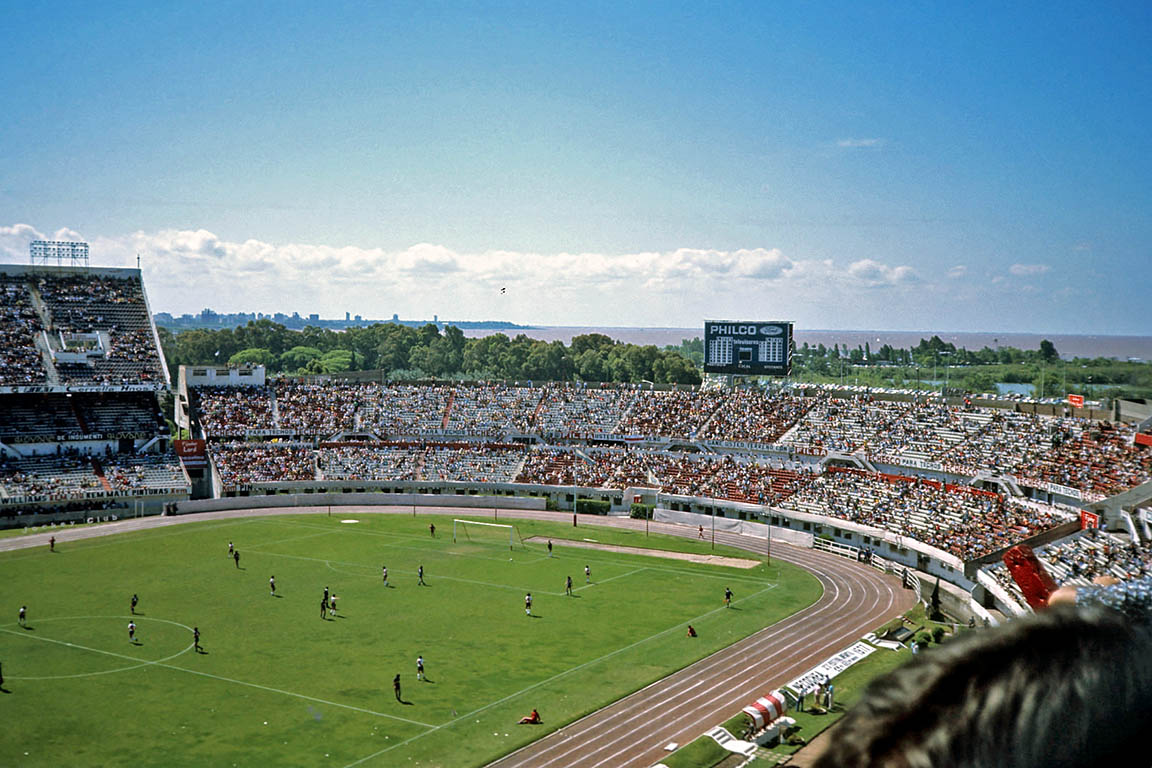
Estadio Monumental, officially known as Estadio Monumental Antonio Vespucio Liberti, is located in Buenos Aires, Argentina, at a modest altitude of 25 meters (82 feet). While not a high-altitude stadium, it deserves mention due to its reputation as a formidable venue. The stadium's design and passionate fan base create an atmosphere that can be as daunting as any altitude challenge. It has hosted numerous significant events, including the 1978 FIFA World Cup final, and remains a symbol of Argentine football excellence. Here, the competition is fierce, and the pressure to perform is as intense as the air is thin.
Estadio Nacional de Brasília, Brazil: The Capital's Air
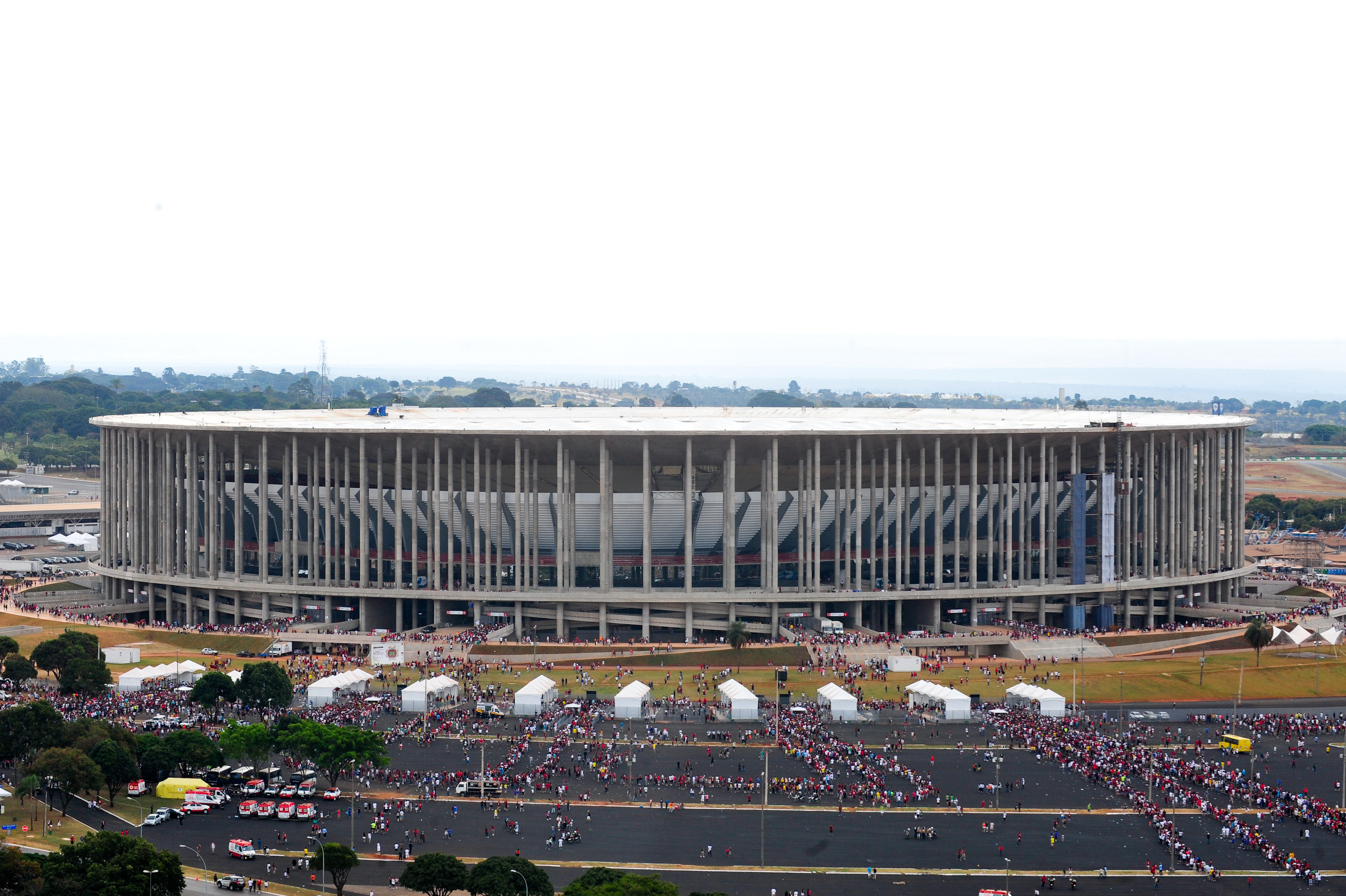
Estadio Nacional de Brasília, located in Brazil's capital city, sits at an altitude of 1,172 meters (3,845 feet). This modern stadium was a key venue during the 2014 FIFA World Cup and the 2016 Summer Olympics. Its elevation presents a unique challenge to athletes, as the thinner air can affect performance and endurance. The stadium's design, with its open roof and vast seating capacity, amplifies the intensity of the atmosphere. Competing in Brasília requires teams to adapt quickly to the conditions, as the combination of altitude and passionate Brazilian fans can create a formidable environment for any visiting team.
Estadio Atanasio Girardot, Colombia: Medellín's Mountainous Arena

Located in Medellín, Colombia, Estadio Atanasio Girardot is situated at an altitude of 1,495 meters (4,905 feet). This stadium is home to two of Colombia's most successful football clubs, Atlético Nacional and Independiente Medellín. The elevation presents a challenge to visiting teams, as the thin air can lead to quicker fatigue and altered ball dynamics. The stadium's vibrant atmosphere, fueled by passionate local supporters, adds to the challenge, making it a difficult venue for opponents. Athletes must be well-prepared and adaptable to succeed in this mountainous arena, where the air is thinner than the competition.
The Thin Air Advantage
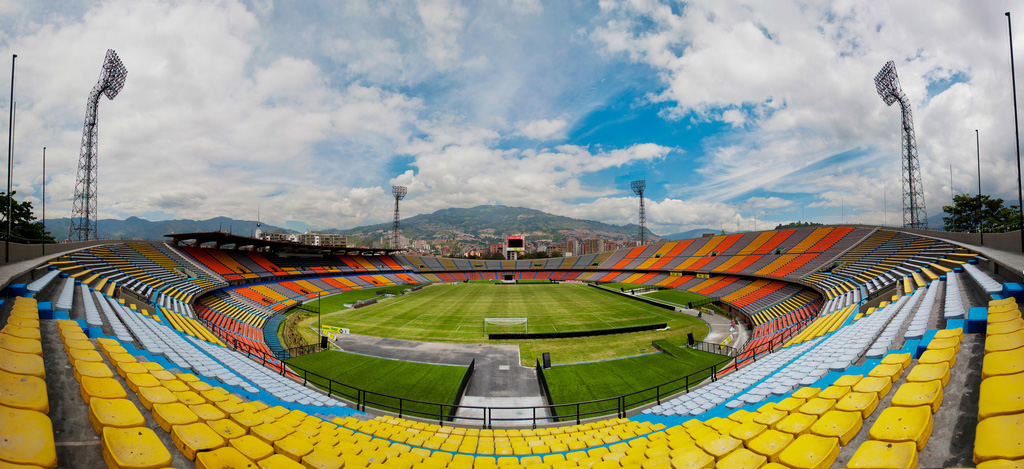
High-altitude stadiums offer a unique and challenging environment for athletes and teams. The reduced oxygen levels at these venues test physical endurance and adaptability, often giving an advantage to those acclimatized to the conditions. From the towering heights of La Paz to the moderate elevations of Santiago and Medellín, each stadium presents its own set of challenges. Competing in these arenas requires not only physical prowess but also mental fortitude and strategic adaptability. As athletes strive to perform at their best, these stadiums continue to be iconic venues where the air is thinner than the competition, and the spirit of sport is elevated to new heights.








